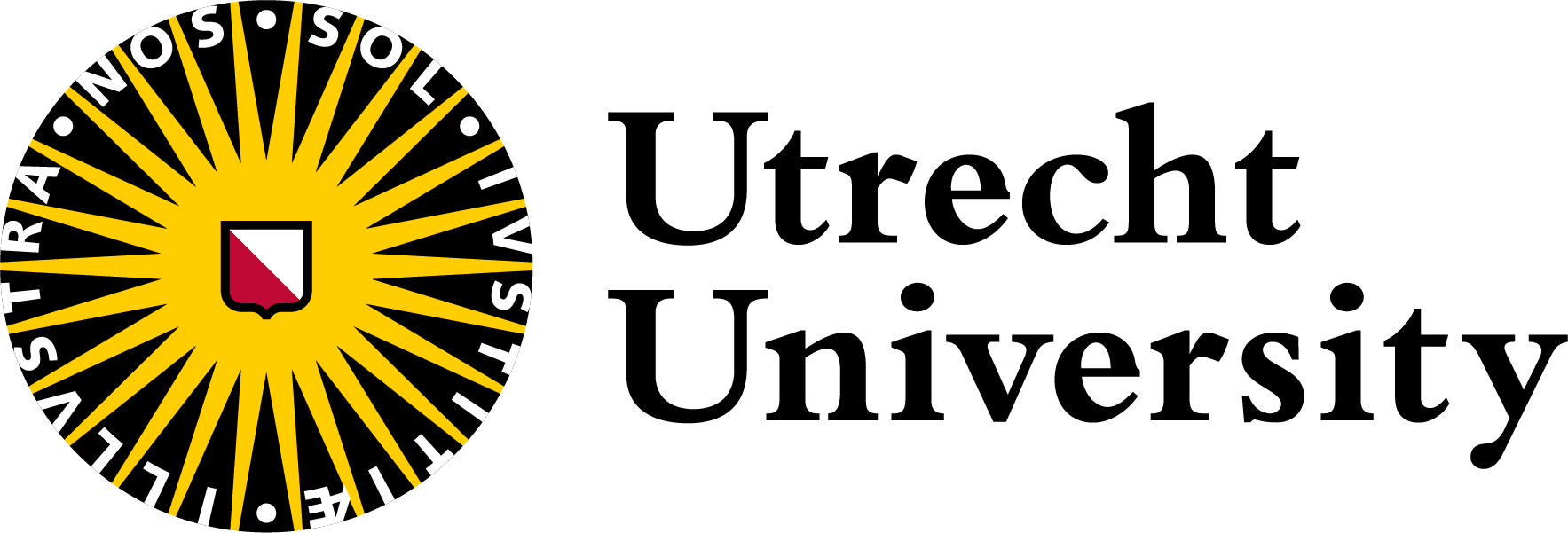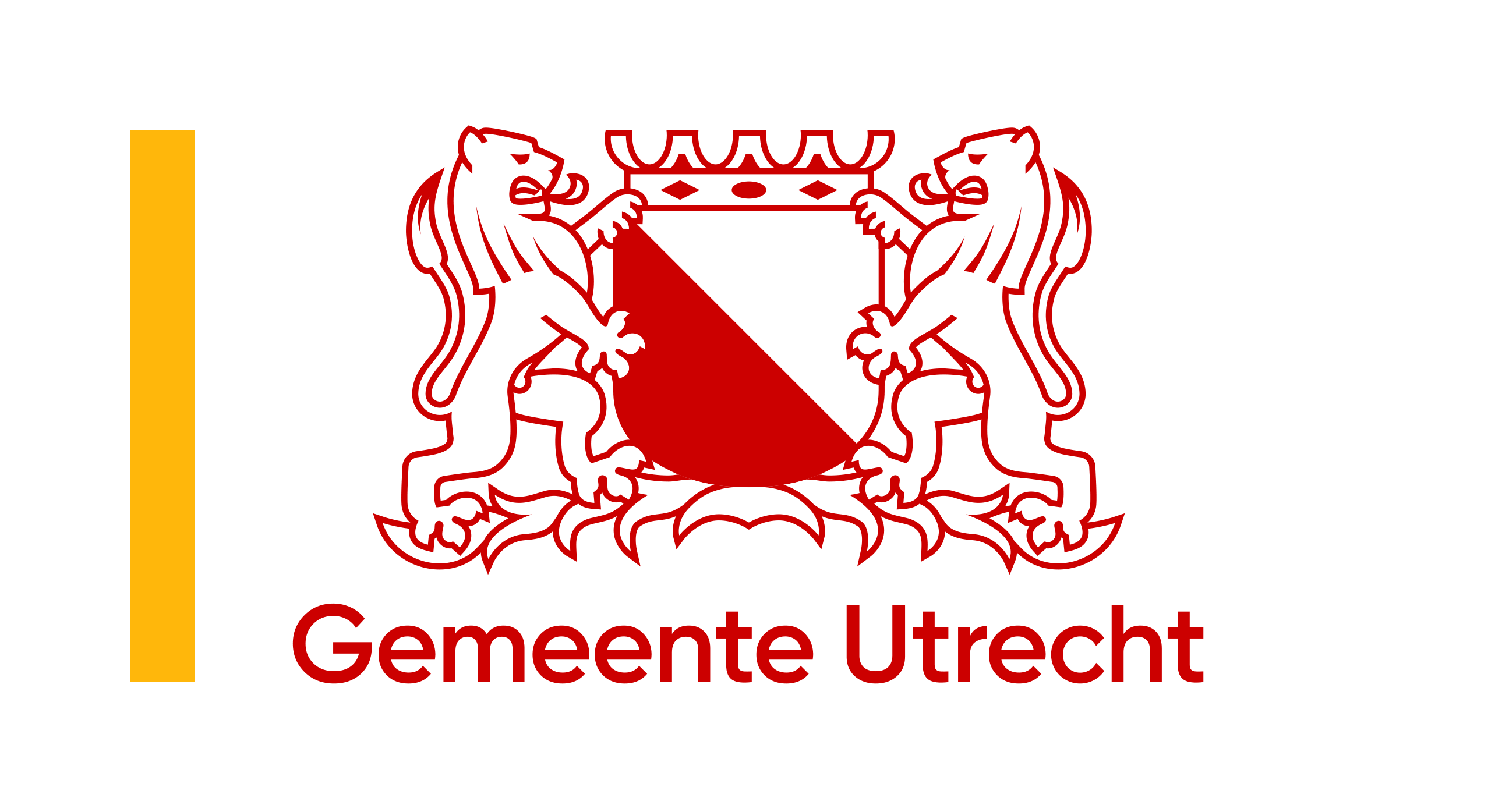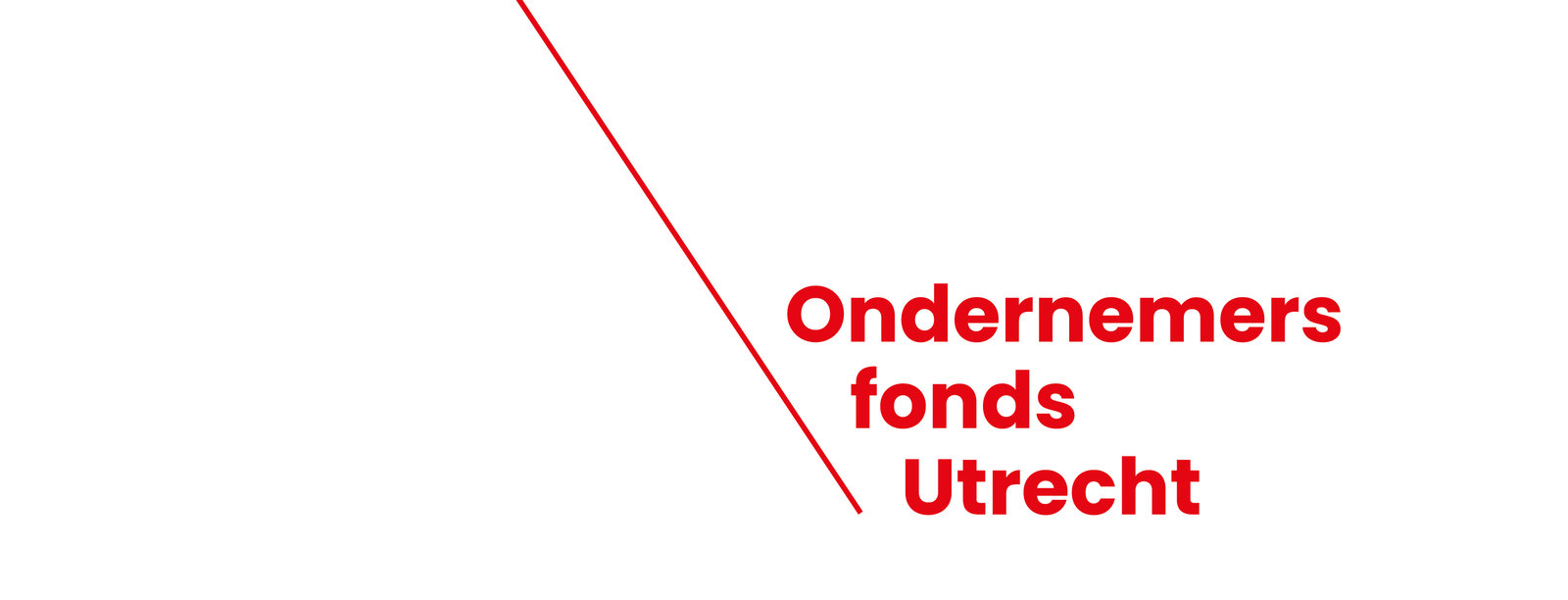Yearly Calamity Hospital exercise UMC Utrecht and the region trains along
Not only the regular participants in the annual exercise of the Emergency Hospital in the UMC Utrecht had to deal with a major incident last Saturday: partners of emergency services in the region and the military also practiced - for the first time. The Utrecht Safety Region (VRU), the police, the Utrecht Regional Ambulance Service (RAVU), the Red Cross emergency response team, the fire department and crisis coordinators from the Utrecht Science Park were also involved.
This time the incident took place close to home: a parking garage near the UMC Utrecht collapsed. Medical manager of the Emergency Hospital and trauma surgeon Mirjam de Jong of the UMC Utrecht: "That scenario had been ready for a while when something similar really happened in our region. Of course we looked at each other about it, but precisely because we now know that it is such a conceivable situation, we went ahead with it. Fortunately there were no casualties in Nieuwegein, which is obviously the case in our scenario."
Calamity hospital is operational within thirty minutes
The Calamity Hospital is a special hospital. It is a collaboration of the Ministry of Defense, the UMC Utrecht and the Ministry of Health, Welfare and Sport. The Calamity Hospital must always be operational within thirty minutes and be able to receive large numbers of victims. This is supported by the Red Cross volunteer team. Therefore, every year there is a large exercise, in which dozens of victim actors are transported to the Emergency Hospital.
This year even more realistic through cooperation
For the first time, the annual exercise of the Emergency Hospital was such a comprehensive multidisciplinary exercise with many partners who also come into action during a real disaster. Moreover, this time some of the victims were actually outside at an incident scene, so that emergency services such as police and safety region could also realistically practice with them.
"The provision of care in the Emergency Hospital itself, of course, remains our main training objective," says De Jong. "But through this collaboration we can also practice the chain properly. How is the transfer from incident scene to ambulance and then to the staff in the Emergency Hospital? And we can also practice the more policy-related side of a crisis well this way: how does cooperation with the Safety Region, for example, work at the administrative level? Who communicates about what?" Having the incident site very close to the UMC Utrecht also created a complicating factor: some of the victim actors walked to the hospital on their own. "That created just that extra bit of chaos that also occurs in a real incident."
Not just healthcare personnel practicing, but entire crisis organization
The exercise is not just for healthcare personnel; the entire crisis organization of UMC Utrecht is training along with them. For example, a full team of social workers, clinical psychologists and Red Cross volunteers were also active for the care of relatives. The Facilities Department also practiced scaling up security and the telephone system, among other things, and the Marketing and Communications Department was also active. "For all kinds of other managements, this exercise is a great opportunity to safely put the crisis playbooks into practice," he said.
As after a real set-up, this exercise is also evaluated extensively. Mirjam de Jong: "There are always things that could be better, sharper or more efficient. By doing such an extensive exercise on an annual basis and keeping everyone sharp with smaller training sessions during the year, we are always ready. That helps us not only with such a special event as an opening of the Emergency Hospital, but also in our daily work in complex acute care."
Facts and figures
A total of 130 Grip 5 victim actors participated, some of whom performed multiple times as patients. Some also participated as relatives of a victim. From the UMC Utrecht about 240 colleagues practiced, from defense in the Central Military Hospital over 35. Outside the Emergency Hospital another 80 colleagues from the Safety Region and the police practiced, 40 employees of the Red Cross, 15 of the RAVU and the heads of safety of the partners at the Utrecht Science Park. And to make sure the exercise ran smoothly, a team of some 20 observers, prompter and adversaries also participated.
Source: UMC Utrecht








